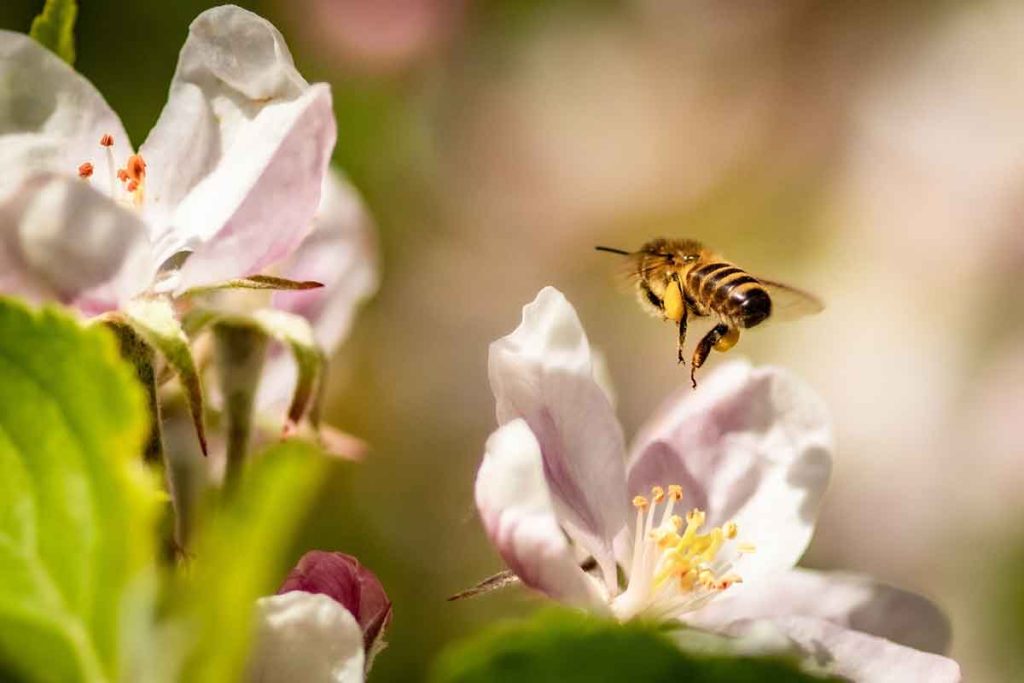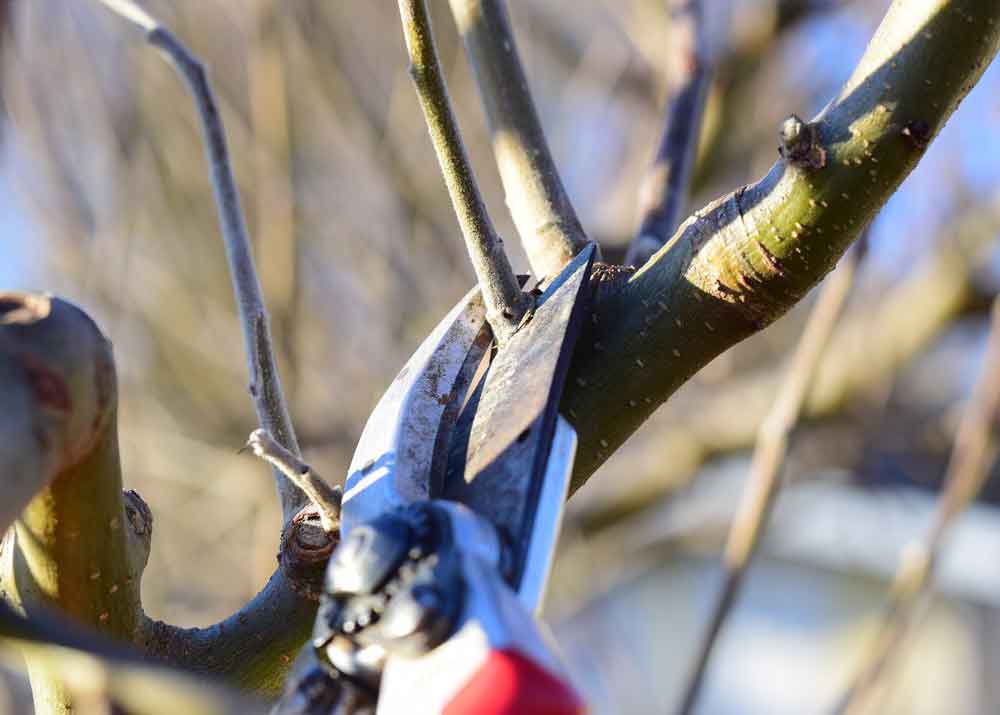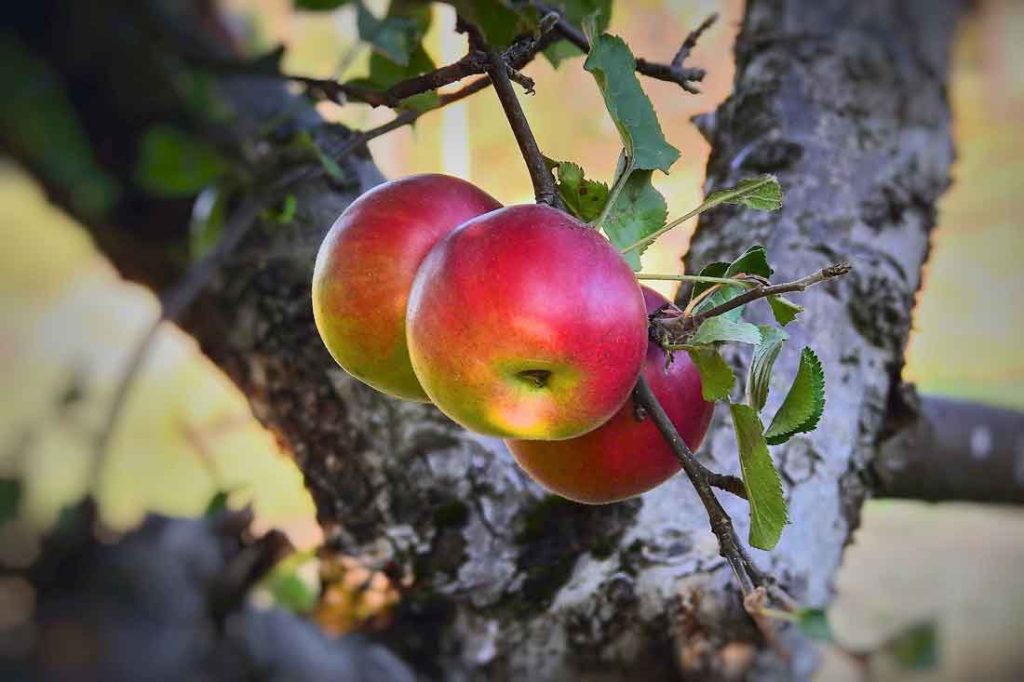Professional pruning fruit trees
Why is important to prune your fruit trees regularly?
Introduction:
Pruning fruit trees is a critical aspect of maintaining a healthy and productive orchard. Whether you’re a seasoned gardener or a beginner, understanding the nuances of pruning can significantly impact the longevity and fruitfulness of your trees. In this comprehensive guide, we’ll delve into the three fundamental rules of pruning fruit trees, exploring why regular pruning is essential, the optimal timing for pruning different types of fruit trees, and the best techniques to ensure effective pruning.
Rule 1: Understanding the Importance of Pruning Fruit Trees
Pruning is not just about shaping your trees; it’s a vital practice for rejuvenating and maintaining their health. Here’s why pruning is crucial:
1. Enhancing Fruit Production: Regular pruning encourages trees to produce more fruit by removing old or overcrowded branches, allowing for better sunlight penetration and air circulation.
2. Improving Fruit Quality: By thinning out dense branches, pruning ensures that the remaining fruits receive adequate nutrients and grow to their full potential.
3. Disease Prevention: Pruning helps in reducing the risk of fungal infections and other diseases by removing dead or diseased wood and improving air circulation within the canopy.
4. Size Management: Keeping the tree at a manageable size makes it easier to harvest fruits and perform routine care.
Rule 2: Timing Your Pruning for Optimal Results
The timing of pruning is crucial and varies depending on the type of fruit tree:
1. Apples and Pears: Prune these trees from late winter to early spring (February to March-April), ensuring there’s no frost and the branches aren’t burdened by snow or ice.
2. Stone Fruits: For plums, cherries, sour cherries, and apricots, wait until April for pruning.
3. Peach Trees: Focus on quality over quantity. Prune for a smaller, high-quality crop rather than a large yield.
4. Walnut Trees: Late summer to early autumn (late August to September) is ideal, as wounds heal faster during this period.
Rule 3: Effective Pruning Techniques
Proper technique is key to successful pruning:
1. Use the Right Tools: Invest in high-quality, sharp pruning secateurs or a mini battery chainsaw for larger branches. Always disinfect tools with alcohol to prevent disease transmission.
2. Pruning Approach: For mature trees, focus on maintenance and thinning. Older trees may require more extensive rejuvenating pruning.
3. Thinning the Crown: Remove inward-growing twigs and canes, as well as intersecting or densely spaced branches, to improve light penetration and air circulation.
Conclusion:
Pruning fruit trees is an art that balances the tree’s health with optimal fruit production. By understanding why, when, and how to prune, you can ensure your fruit trees remain vibrant and productive for years. Remember, each cut has a purpose, and with the right knowledge and tools, you can master the art of pruning to enjoy bountiful harvests season after season.
Embark on your pruning journey today and witness the transformation in your orchard’s health and productivity!




Thanks for your blog, nice to read. Do not stop.